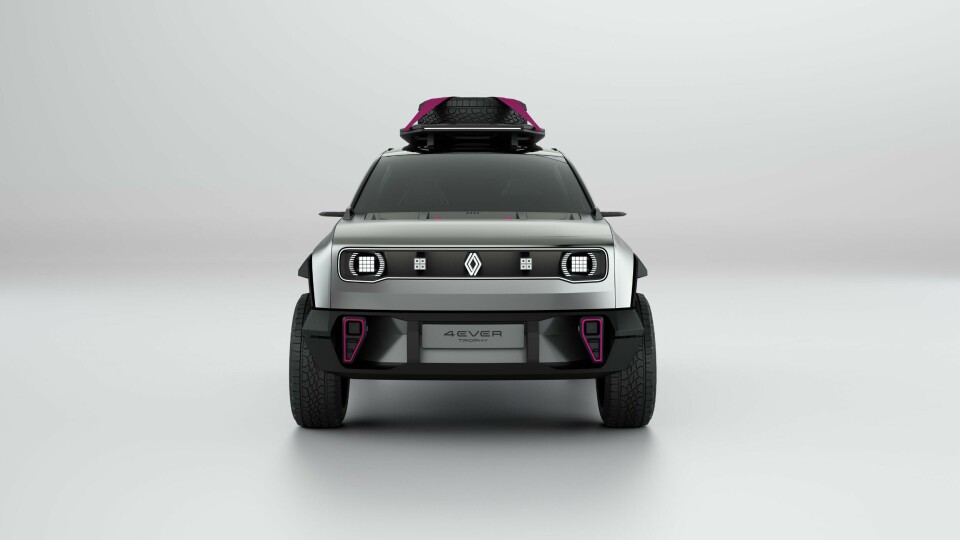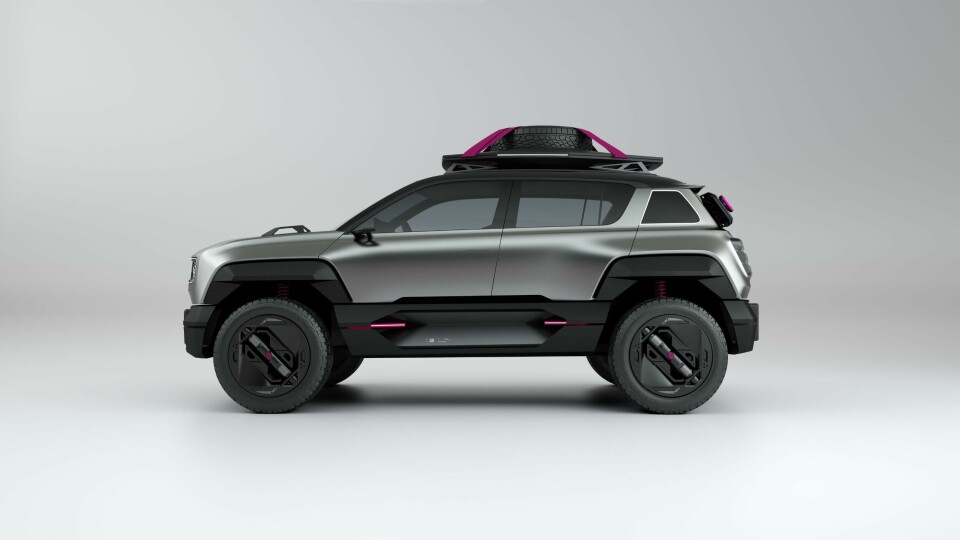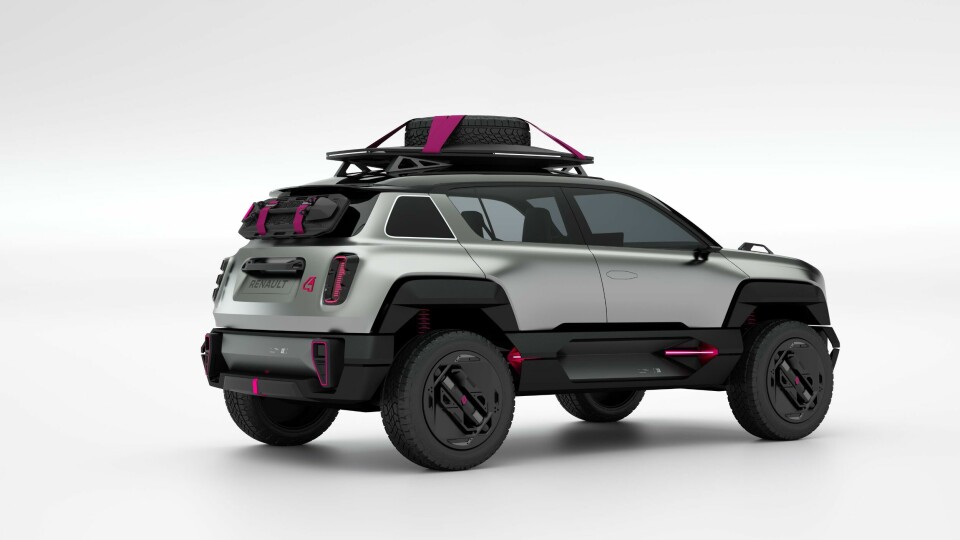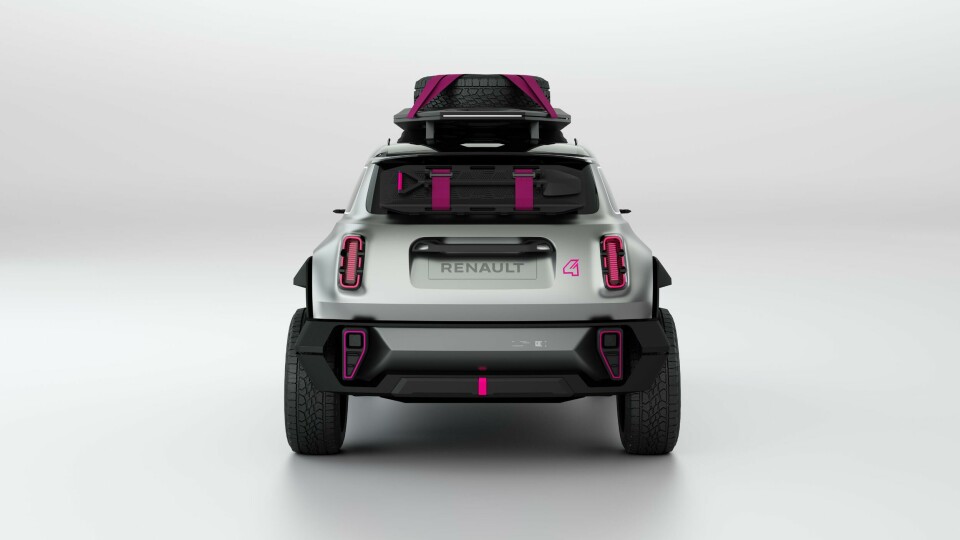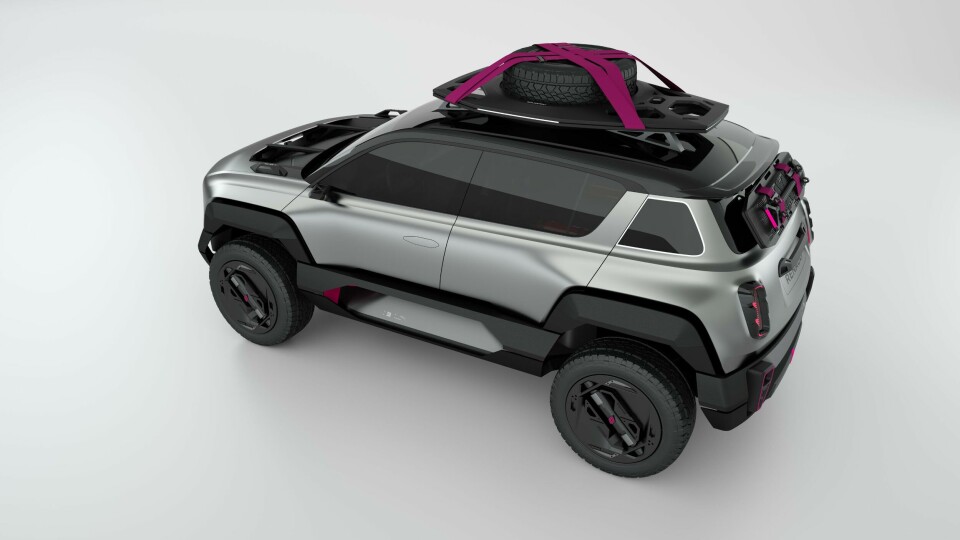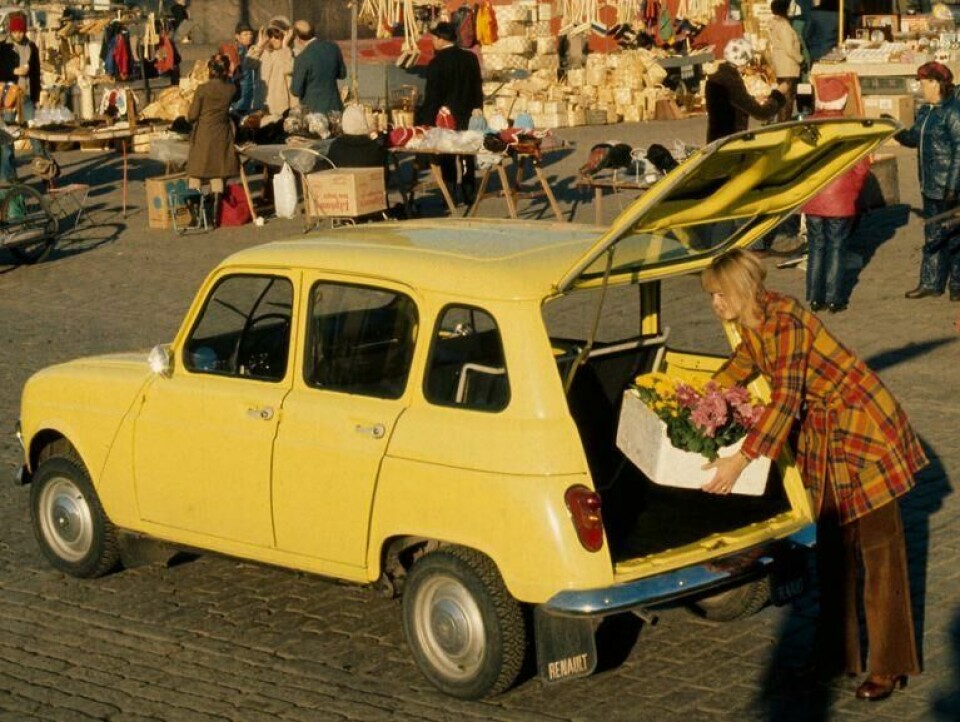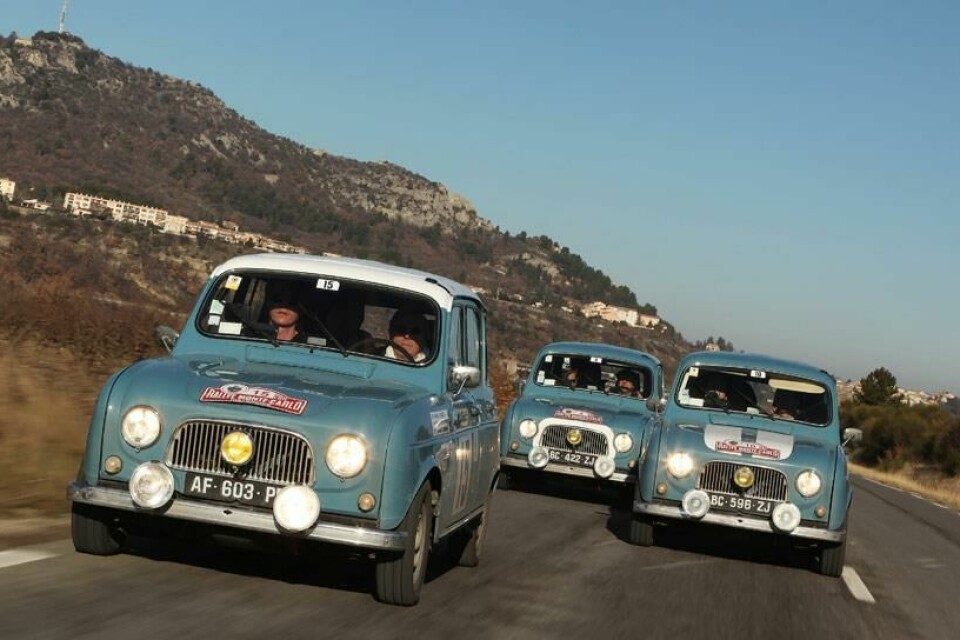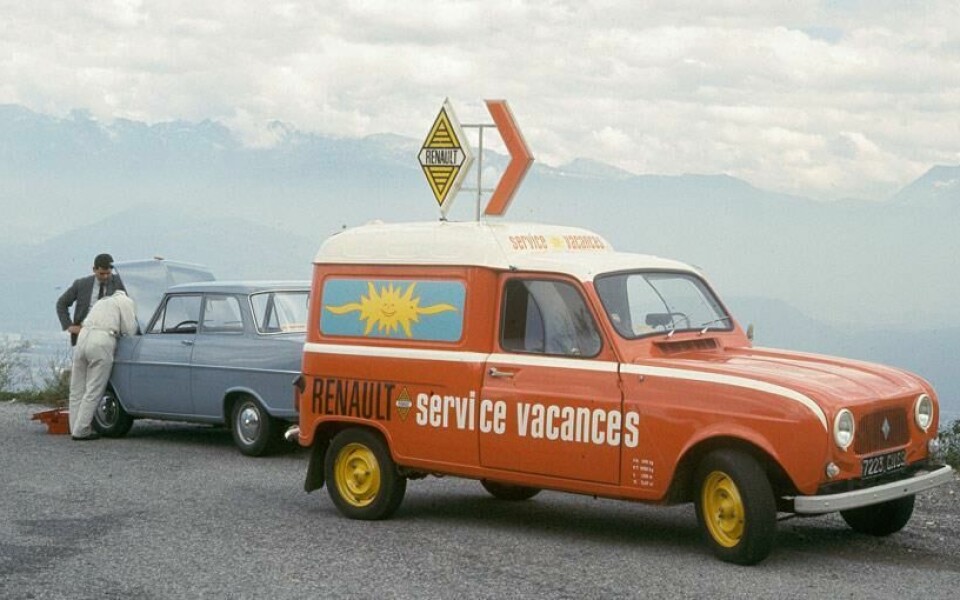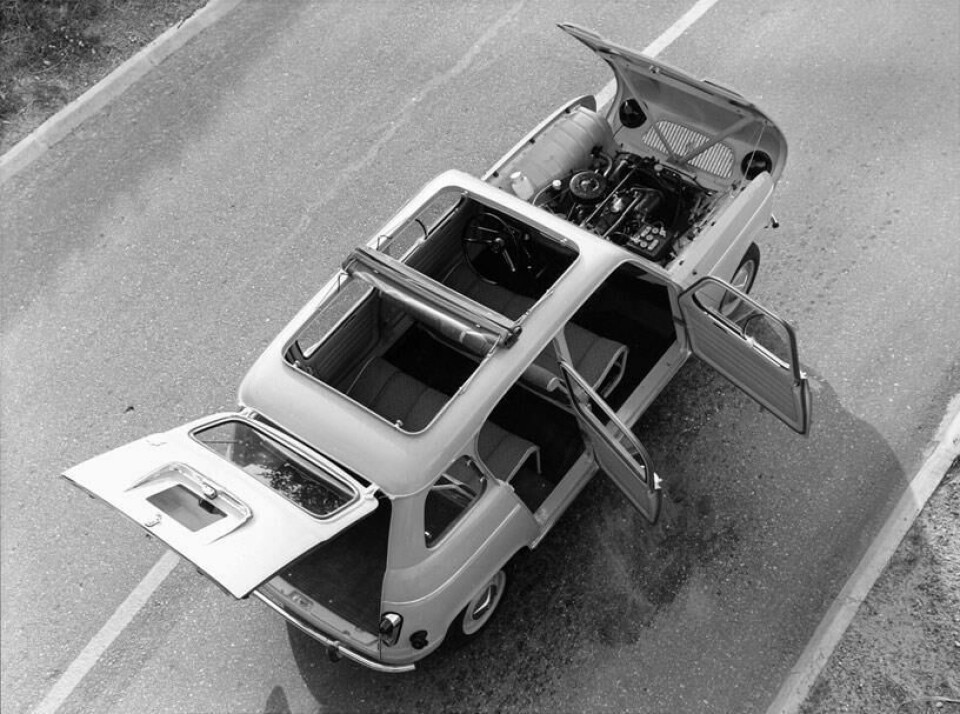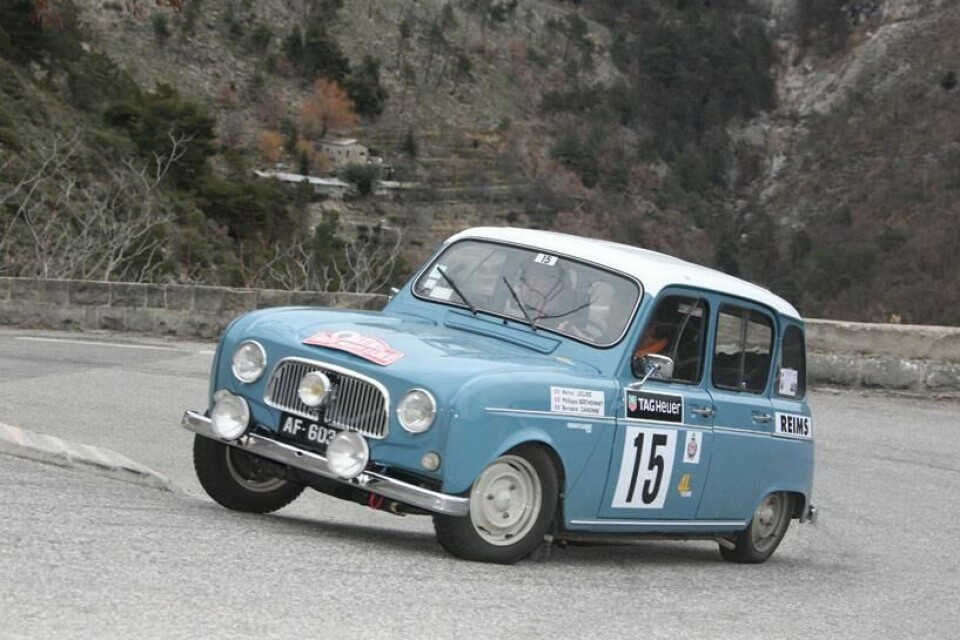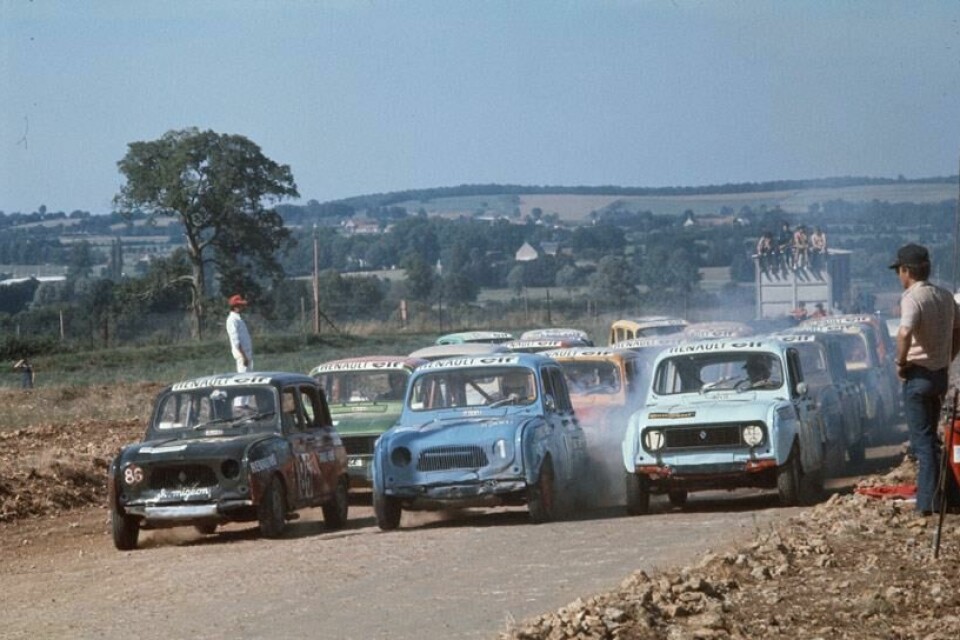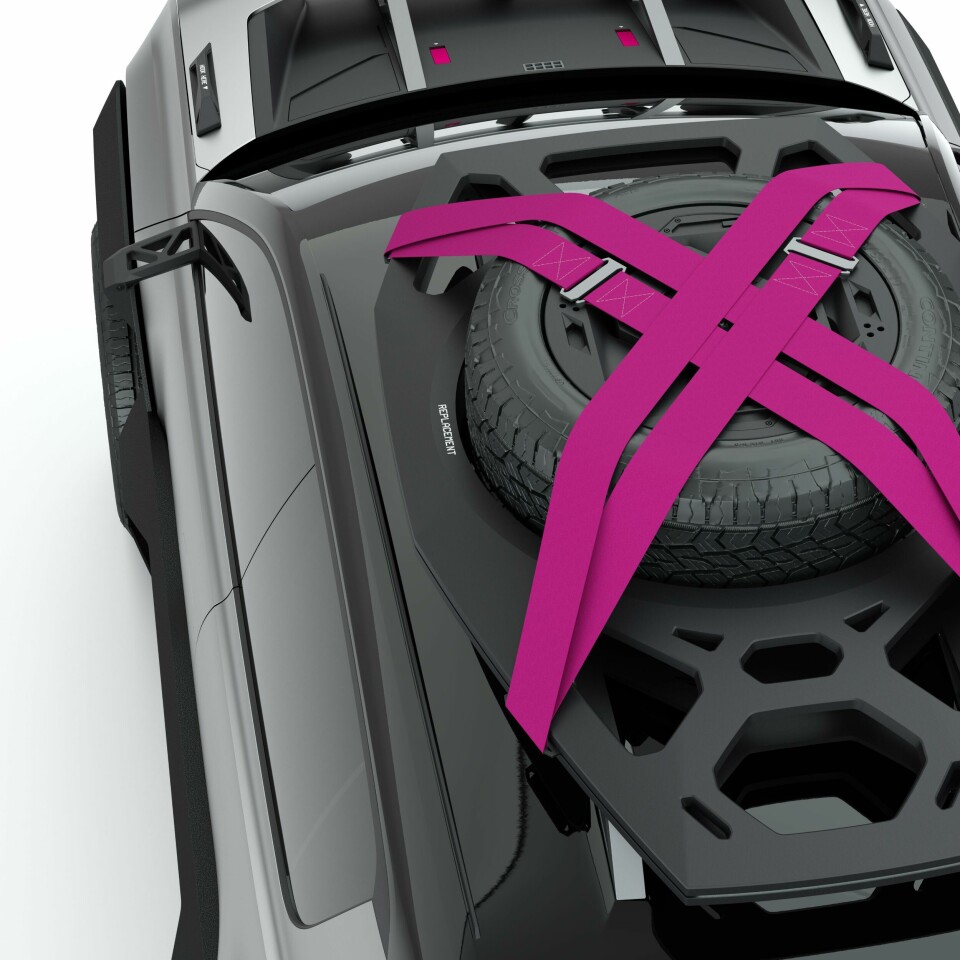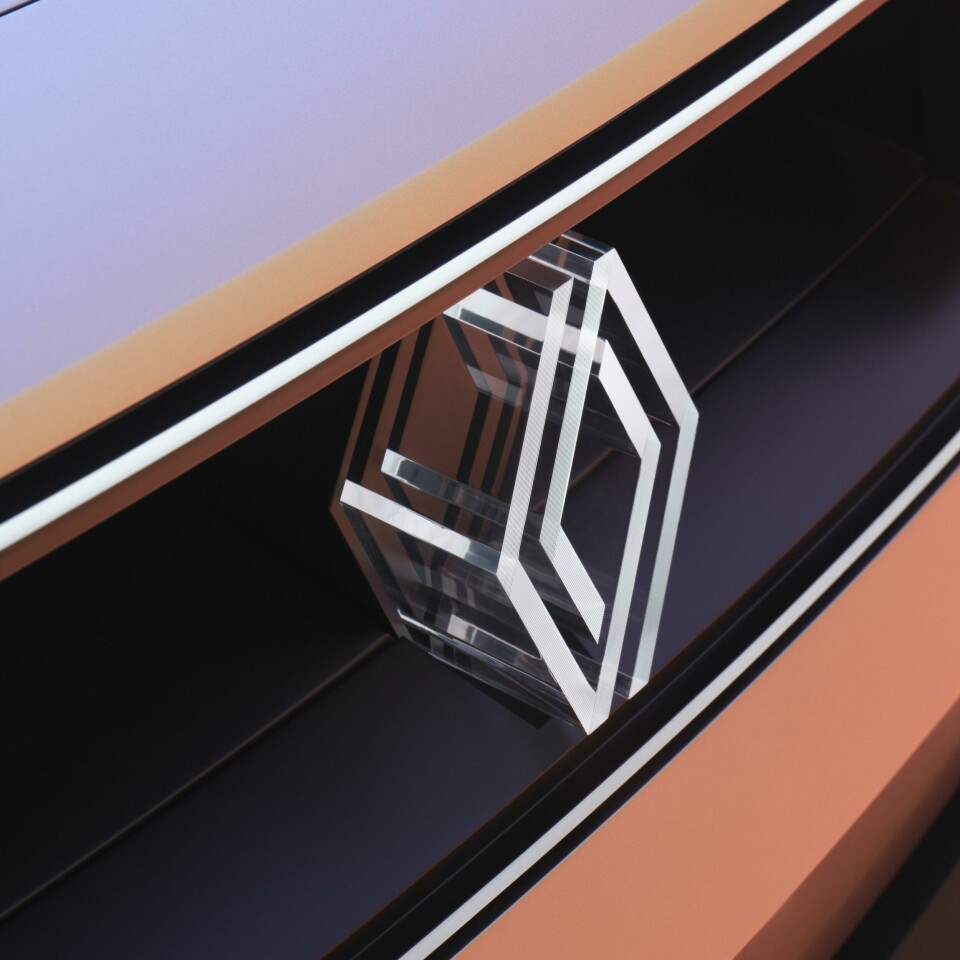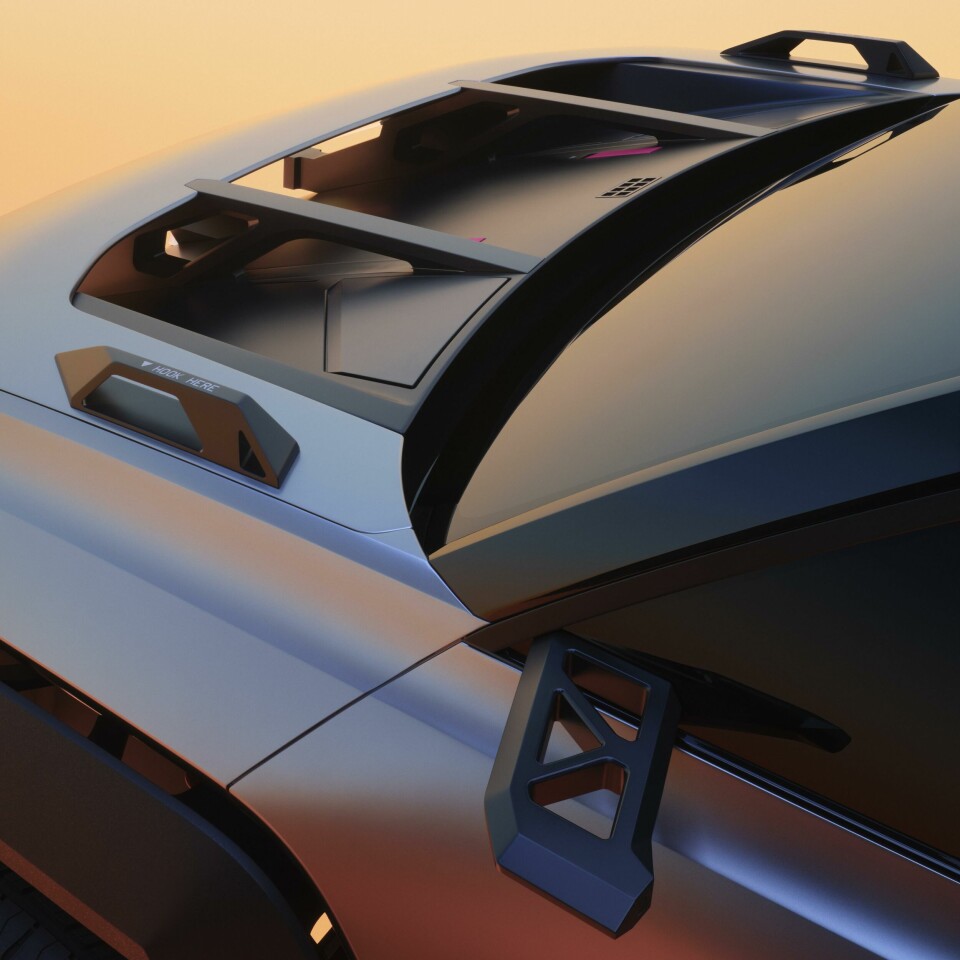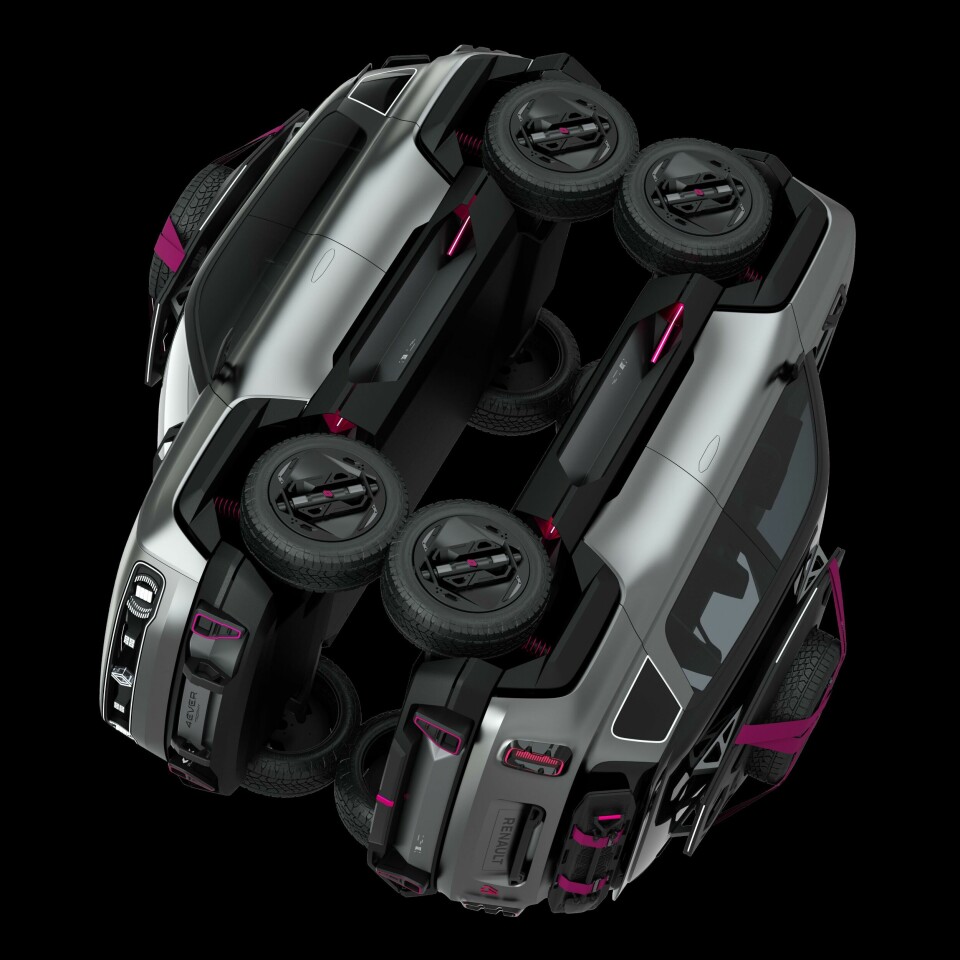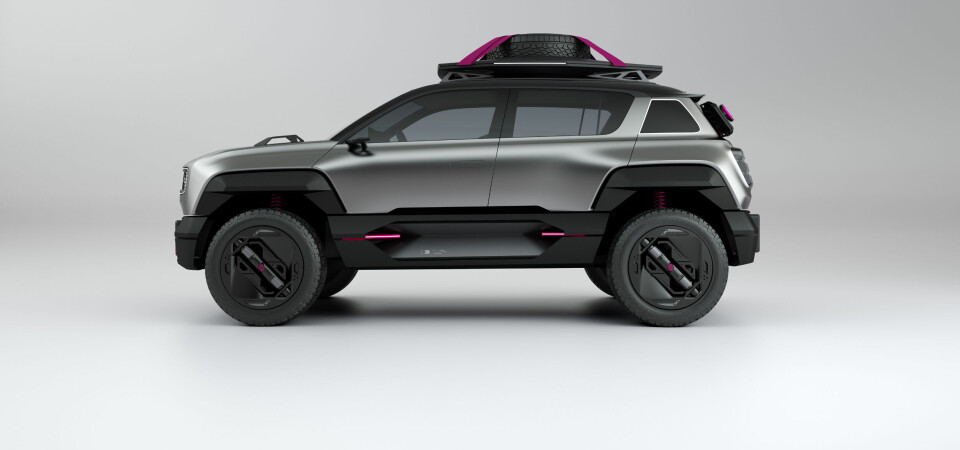
Renault champions versatility with new 4 concept
Car Design News speaks to Renault’s head of concepts about the new Renault 4 concept and what it signals for the brand moving forward
The Renault 4 was a car of the people. Hatchback in shape (in the truest sense of the word thanks to its innovative liftgate) but often used as an SUV, delivery van, work truck and people carrier, it sat in a class of its own.
Some 30 years on since it was discontinued, the name has been revived as a concept car that imagines how the model may have evolved had production carried on. The year is 2025, says Sandeep Bhambra, chief designer for concept cars, and the Renault 4 is now a high-riding B-segment SUV – the natural progression of the car, he suggests.
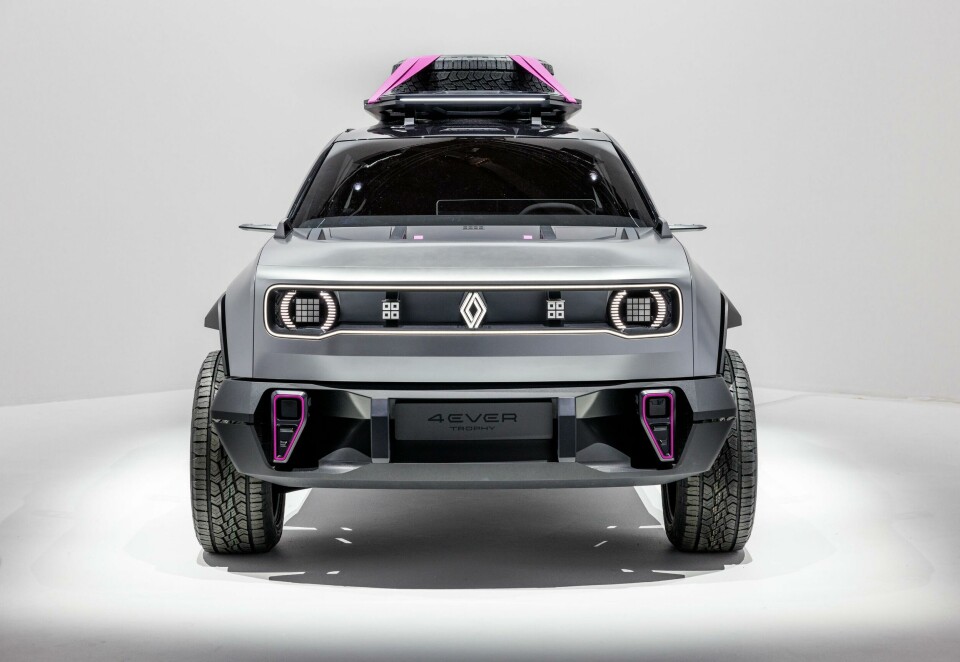
Gone are the innocent looks – this more of an aggressive off-roader – but the team was careful not to fiddle with the basic formula too much. “The Renault 5 concept we revealed was very close to the original, but with the 4 we went much further,” says Bhambra. With more than eight million units sold in more than 100 countries between 1961 and 1992, the Renault 4 has a similar prestige and the concepts team knew they had to get this right. However, this presented challenges as there would once again be a huge gap between the old and new. “It’s been out of production a long time,” says Bhambra. “It’s difficult to take an old object, keep the same forms and make that work in the future. Our idea from the get go was to make a Renault 4 from 2025.”
We wanted the silhouette to be identifiable as a Renault 4… We went with the Trophy because clearly that was the closest to everybody’s heart
With the Renault 5 concept, the design team spoke of how the original model had touched the lives of many not only during the time it was produced but long after, too. This was a car with memories attached. “Every time we’ve shown it, especially here in France, the response has been: ‘Oh my god, this is the car I learned to drive in’ or crashed in, or had my first kiss in,” Renault group design VP, Laurens van den Acker, told CDN around the time of the new 5’s launch. “In France, everyone will tell you their mum had one,” adds Bhambra, “but even outside of France, people have a lot of history with this car – it was our first truly global car. If there’s one Renault you know from the past, it’s this one.”
Fans of the original will be pleased to see a familiar silhouette, characterised by that slanting boot which runs almost straight down to the bottom of the bumper. The trapezoid rear window by the C-pillar also helps to create a traditional Renault 4 aesthetic. The windshield is not quite as upright as before and is raked back slightly to improve aerodynamics (this is an all-electric reboot, of course).
The front and rear headlights are also immediately recognisable from the original Renault 4. “We did decide to change the surfacing of the car, which we felt should be more modern,” notes Bhambra. “The shoulder line that runs around the car also remains, but because the sculpture is so different people often don’t often notice that it is the same line.”
The concept draws on the 4L Trophy, a cross-country rally across the Moroccan desert that only accepts Renault 4s as competitors. Entrants typically spec their vehicles for off-roading. The new 4EVER Trophy certainly fits that mould, with jacked up suspension, chunky tyres and protective plastic moulding around the wheel arches and sills. “We wanted the silhouette to be identifiable as a Renault 4. All the designers explored themes quite freely – some designers even proposed a Renault 4 for Mars – but we went with the Trophy because clearly that was the closest to everybody’s heart,” says Bhambra. “It was also closer to the branding of the Renault 4, which is all about versatility.”
He agrees that the one-piece liftgate which rises like a garage door was iconic, but for this concept there was no interior so the boot is fixed. Were there to be an interior mock-up to show, this would have been considered for sure, he says.
There are plenty more concepts on the way next year to look out for
Like many concepts being revealed these days, most of the heavy lifting was carried out digitally. There was no physical model aside from a basic polystyrene mock-up to check dimensions, with both AR and VR playing a major role instead. The project started in January and was ready in time for the Paris Motor Show in October. But the concept should lead to something more than just a picture-grabbing show car in Paris, where it debuted earlier this month. A production model will eventuate – under a slightly different name, but likely retaining the ‘4’ moniker somewhere.
While every designer goes into a product launch hoping for rave reviews, the response from media and public alike has been quite overwhelming, says Bhambra. What’s more, he adds that there are plenty more concepts on the way next year to look out for. Keeping his cards close to his chest, he describes this year’s series of concepts as an “amuse-bouche” with 2023 the “main course.”
Renault is not the only one digging up the archives of the 4 and 5. Designers from outside the automotive industry have also tried their hand at reimagined one-offs, with Mathieu Lehanneur’s ‘livable’ Renault 4 show car and most recently Pierre Gonalons’ art deco Renault 5.

